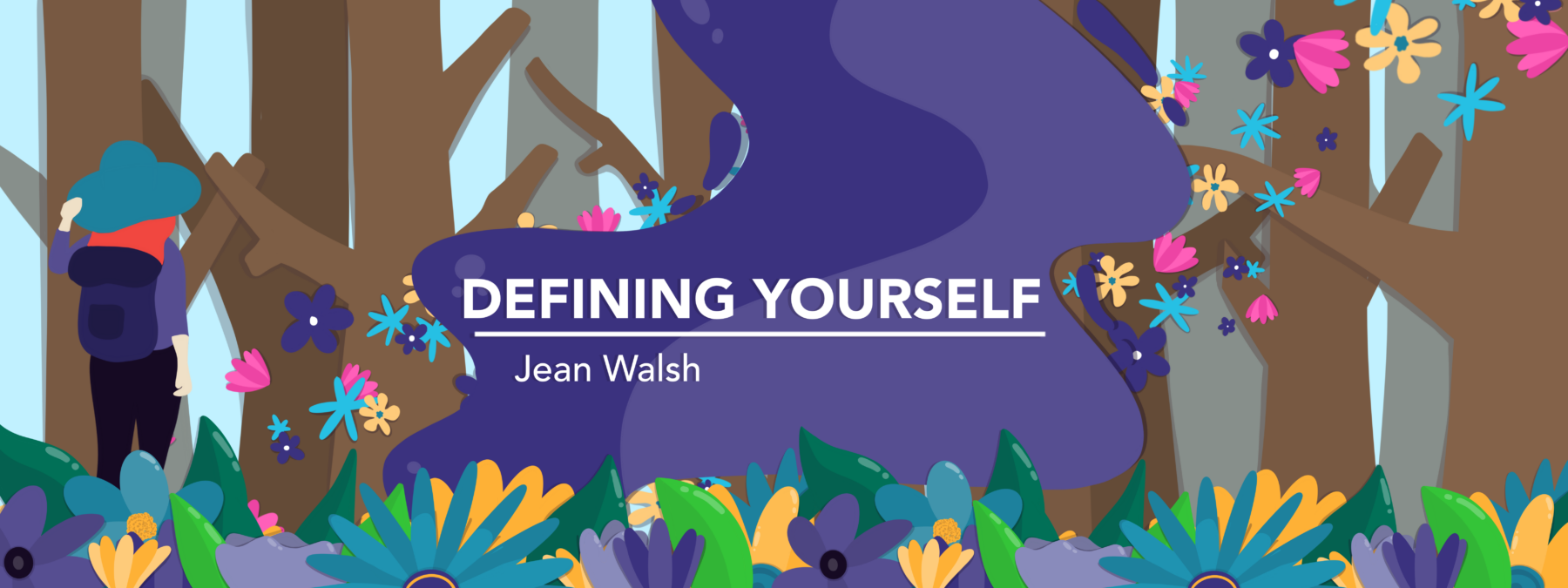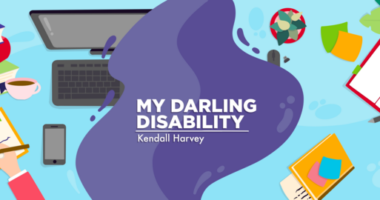Living independently looks different for those with disabilities
Finding moments of independence while also relying on community

Walking my service dog, Wendy, is fun, relaxing, and, oddly, one of the things I do daily that makes me feel independent.
Yesterday, the sun was shining down on us even as we inhaled the warm, musty smell of the previous night’s rain evaporating. (I think Wendy smelled the same thing, only with more complexity.) I was checking out all the glorious roses in the nearby park. Although there were people around, to me, it was simply an independent moment shared by Jean and Wendy.
I think our walks offer independence because they’re something I do when I want to do them, and without any help. For all you worriers reading, I always have my phone with me and wear earphones that enable me to make calls using Siri if I can’t reach my phone.
Friedreich’s ataxia (FA) has caused me to need quite a bit of help. If I need people to assist me all the time, am I really independent? It’s something I struggle with constantly.
Some of this desire is who I am. According to my mother, among my first words were “I do it myself.” As my disease degenerates, I am less and less able to “do it myself.”
Another part is cultural. As I write this, I’ve just enjoyed my city’s fireworks in celebration of the Fourth of July, the anniversary of the U.S. declaring independence from Great Britain. National independence is a stalwart American value.
Americans also value individual independence. We tend to see ourselves as individuals rather than members of a group. I don’t believe that’s true, though, even for the healthiest and most able among us. If you drive or walk around your neighborhood, you depend on the next car to stop at the stop sign. We depend upon many people to educate our children. There are a million more ways in which we are interdependent.
We all define independence differently
America’s premium on independence is hard to fight against. I want to see myself as independent, but I know I am interdependent. I’d be interdependent even if I didn’t have FA. So I think of myself as having independent moments, like walking with Wendy.
Independent living centers, which support people with disabilities nationwide, think of independence as the person with disabilities having the ability to live how they choose. This includes asking others to help them the way they want to be helped.
I like how disability rights advocate Judith Heumann defined it: “Independent living is not doing everything by yourself; rather, it is being in control of how things are done.” I also like former FA News columnist Sean Baumstark’s thinking that independence may change, but it doesn’t go away.
Today I am going to feel independent as I walk Wendy, while knowing I am interdependent in many ways — one of which is that I rely on the FA community to work together to find a cure for this disease. I would love to hear what you do to feel independent in the comments below. I hope your Fourth of July was fun!
Note: Friedreich’s Ataxia News is strictly a news and information website about the disease. It does not provide medical advice, diagnosis, or treatment. This content is not intended to be a substitute for professional medical advice, diagnosis, or treatment. Always seek the advice of your physician or another qualified health provider with any questions you may have regarding a medical condition. Never disregard professional medical advice or delay in seeking it because of something you have read on this website. The opinions expressed in this column are not those of Friedreich’s Ataxia News or its parent company, Bionews, and are intended to spark discussion about issues pertaining to Friedreich’s ataxia.








Leave a comment
Fill in the required fields to post. Your email address will not be published.